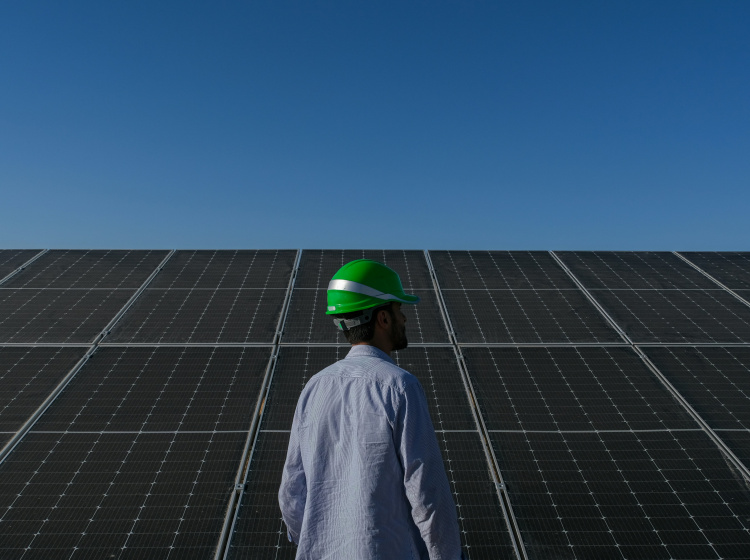Germany faces a "solar heart attack" due to photovoltaics, warns the head of one of the suppliers
The rapid growth of photovoltaic power plant construction on the roofs of houses, corporate halls, and public buildings is starting to take its toll on unprepared infrastructure. According to the head of one of the local companies, Germany is facing a "solar infarction."
Germany is facing a potential "solar infarct” according to the head of Nuremberg energy supplier N-Ergie, Maik Render, due to the ever-growing number of photovoltaic installations. The number of photovoltaic systems, including smaller balcony setups, has surged so much in Germany in recent months that the energy they produce is creating huge surpluses. These surpluses not only lead to negative electricity prices on some days but also present a challenge for the energy network. According to Render, there should be restrictions on new installations in certain areas.
The main issue, according to both the head of N-Ergie and other experts, is not electricity production itself but rather its distribution and storage. Solar energy production is rapidly increasing, while the capacity of battery systems and other infrastructure lags behind. On sunny days, more energy may be produced than demanded, which overloads the distribution network. This phenomenon is particularly evident in areas with a high density of solar panels and weak infrastructure that cannot utilize the excess electricity or transfer it to other regions.
Germany has become a leader in the field of photovoltaics in recent years, but this success comes with new challenges. As described by the CEO of the mentioned company, there are situations, particularly in summer months, where there is an excess of electricity in the network, but an efficient way to use or store it for later use is missing. This overabundance can even lead to outages and failures unless measures are taken to strengthen the infrastructure.
One of the biggest problems, long pointed out by experts, is the lack of flexibility in the current electrical grid. In the traditional energy system, electricity production was tied to demand - power plants produced as much energy as needed. However, photovoltaic systems feed electricity into the grid whenever the sun is shining, meaning production does not always match immediate consumption.
This mismatch creates pressure on distribution network operators. When panels are operating at full capacity, electricity overflows into the distribution network, and when cloudiness reduces output, there are sharp drops in supply. Such fluctuations can destabilize the network if not balanced quickly enough by other energy sources or storage systems.
There are several ways to address the increasingly problematic situation. One of them is the further development of battery storage solutions, which would allow storing excess photovoltaic energy and releasing it during times of higher demand or lower production. However, this technology has not yet reached the necessary level for mass deployment, mainly due to high costs and limited capacity.
Another solution is the digitization of the network and the introduction of intelligent management systems that could better predict fluctuations in production and consumption and automatically regulate energy flows. Such modernization would allow faster and more efficient energy transfer from areas with surplus to areas with demand. Currently, however, these technologies are not implemented to a sufficient extent, and reliance remains on traditional distribution methods, which are not ideal for current needs.
The German government is also aware of the problems and is now striving to accelerate the modernization of the infrastructure. Plans include increasing investments in battery systems, as well as constructing new transmission lines. Nevertheless, it remains questionable whether the growth rate of solar energy can be matched with infrastructure development.
Simultaneously, there is a discussion on the need for increased cooperation between regional and national authorities in planning the development of energy networks. Some parts of Germany are heavily dependent on photovoltaic systems, while other areas have entirely different energy needs and production structures.










